Exploring the Future of Android Tablets: Insights and Trends Shaping the Market
As technology continues to evolve at an unprecedented pace, the future of Android tablets promises to be both exciting and transformative. With the rise of remote work, digital education, and immersive entertainment, these versatile devices are becoming central to our daily lives.
"Tablette Android" is no longer just a tool for casual browsing; it is morphing into a powerful platform that caters to a diverse range of needs, from productivity to creative expression.
In this blog, we will delve into the insights and trends that are shaping the market, exploring innovations in hardware and software, the impact of emerging technologies like artificial intelligence and 5G, and how these advancements are redefining user experiences. Join us as we embark on a journey to understand what the future holds for "Tablette Android" and how it will influence the way we interact with technology in our everyday activities.
Emerging Technologies Influencing Android Tablet Development
The evolution of Android tablets is a fascinating journey marked by significant technological advancements and changing consumer demands. As the market continues to shift, emerging technologies are expected to play a pivotal role in the development of future Android tablets. A recent industry report indicates that the global tablet market is projected to reach a value of approximately $200 billion by 2026, highlighting the potential for innovation and growth driven by enhanced user experiences.
The upcoming Android 16, with its rumored flexible split-screen functionality, promises to enhance multitasking capabilities, reflecting a growing trend towards more versatile and productive devices.
Moreover, the cancellation of certain tablet models, such as the Pixel Tablet 2, raises questions about the strategic direction of tablet development in the Android ecosystem. Despite this setback, the ongoing competition among manufacturers is likely to spur innovations, particularly in features that cater to both productivity and entertainment.
Emerging applications and tools designed for developers are expected to leverage tablets' capabilities, transforming them into powerful development environments. As the landscape evolves, consumer preference will steer the focus towards Android tablets that not only adapt to existing technologies but also innovate to meet future needs.
Key Market Trends Driving Consumer Preferences in Tablets
As the tablet market continues to evolve, key trends are shaping consumer preferences and driving innovation. One significant trend is the increasing demand for advanced stylus input, particularly with capacitive stylus pens. According to industry reports, the capacitive stylus pen market is projected to reach a value of $21.3991 billion by 2025 and is anticipated to grow at a compound annual growth rate (CAGR) of 4.6%, climbing to approximately $30.6367 billion by 2033. This surge in popularity highlights consumers' growing desire for more precise and versatile interaction with their devices, particularly for note-taking, drawing, and other creative applications.

Moreover, the integration of artificial intelligence and enhanced productivity features in Android tablets is also influencing consumer choices. Users are increasingly seeking devices that support multitasking, seamless connectivity, and personalized experiences. As manufacturers respond to these preferences, we can expect to see a broader range of tablets equipped with advanced capabilities, catering to both casual users and professionals alike. The combination of advanced stylus technology and AI-driven enhancements positions Android tablets as powerful tools for creativity and productivity in the coming years.
Top Design Innovations Revolutionizing the Android Tablet Experience
The Android tablet market is undergoing a significant transformation, driven by groundbreaking design innovations. Recent advancements highlight how manufacturers are prioritizing user experience, functionality, and aesthetics. For instance, the introduction of tablets featuring advanced drawing software aims to position them not just as entertainment devices but as powerful tools for creativity and productivity. This shift is pivotal as it challenges the perception that Android tablets are inferior to counterparts in professional applications.
Additionally, several brands are pushing boundaries with tablets that sport impressive display technology and user-friendly interfaces. Enhanced multitasking capabilities and integration of AI-driven features have emerged as key trends, ensuring that users can seamlessly transition from casual browsing to demanding tasks. As companies continue to invest in high-performance specifications and unique design elements, the Android tablet experience is poised to become more versatile and engaging than ever before, catering to both casual users and professionals alike.
Strategic Partnerships: Collaborations Shaping the Future of Android Tablets
The future of Android tablets looks promising as industry leaders continue to establish strategic partnerships aimed at enhancing digital capabilities.
Samsung, a dominant player in the electronics sector, can leverage its strengths including brand reputation, R&D capabilities, and extensive distribution networks to cement its position in this evolving market.
With tablet shipments predicted to rise as remote work and digital learning become more entrenched, the collaboration landscape will be key.
In particular, strategic alliances such as OnePlus partnering with local manufacturers in India highlight the growing trend of localized production, which aims at better cost efficiency and agility in addressing market demands.
Amid these shifts, there are challenges to consider. Samsung must address its weaknesses, such as reliance on certain markets and increasing competition from emerging brands.
Opportunities also abound with the rise of AI and IoT integrations in tablets.
Leveraging data-sharing partnerships like those seen in the beauty and technology sectors can provide insights to tailor their product offerings.
Tips
- When evaluating potential partnerships, consider companies that complement your tech stack and user base for maximum synergy.
- Stay ahead of market trends by investing in research and seeking out collaborative opportunities that focus on innovation in user experience, particularly in AI-driven applications.
Future-Proofing Android Tablets: Essential Features for Long-Term Success
 As the Android tablet market continues to evolve, future-proofing these devices becomes crucial for ensuring their long-term success. A report from IDC projects that the global tablet market will reach 235 million units by 2025, with Android tablets accounting for a significant portion of this growth. Essential features such as advanced processing power, enhanced display technology, and seamless integration with cloud services will play pivotal roles in meeting consumer demands and adapting to changing usage patterns.
As the Android tablet market continues to evolve, future-proofing these devices becomes crucial for ensuring their long-term success. A report from IDC projects that the global tablet market will reach 235 million units by 2025, with Android tablets accounting for a significant portion of this growth. Essential features such as advanced processing power, enhanced display technology, and seamless integration with cloud services will play pivotal roles in meeting consumer demands and adapting to changing usage patterns.
To stay relevant, manufacturers should prioritize features like 5G connectivity, which is expected to become a standard in the next few years. According to a recent Gartner study, 5G services will account for over 50% of all mobile subscriptions by 2026. Tablets that support these technologies will not only attract tech-savvy consumers but also cater to professionals working in remote environments.
Tips: When choosing an Android tablet, look for models that offer regular software updates and support the latest Android versions. This ensures that your device remains secure and capable of running the latest applications. Additionally, consider tablets with expandable storage options, allowing you to increase your device's capacity as your needs grow. Finally, prioritize battery life to ensure that your tablet can keep up with your daily tasks and entertainment needs without constant recharging.

Home
Products
Solutions
MDM Software
OEM/ODM
About Us
About 3Rtablet
Quality Control
Contact Us
News
New Product Launch: 3R Rugged Tablet PC: AT-10AL—Powerful Customization with Yocto System
3Rtablet: Enhancing Your Off-Road Adventures,Your Ultimate Off-Road Companion
3Rtablet: Powering Productivity in Construction and Agriculture
Choosing Your Ideal Linux Rugged Tablet: Why Opt for Yocto?
Choosing Your Ideal Linux Rugged Tablet: Why Opt for Debian?
Yocto VS Debian - Choosing Between Yocto and Debian
GMS Certified Android Device: Ensuring Compatibility, Security and Rich Functions
New Arrivals: Rugged Android 12.0 or Linux Yocto OS Vehicle Telematics Box for Vehicle Applications in Various Sectors
Rugged Tablet For Taxi Dispatch
Rugged Driver Tablets Revolutionize Safety and Efficiency in Mining Operations
Rugged In-Vehicle Tablets Power the Growth of IoT Revolution in Modern Industries
VT-7A PRO: New Android 13 Rugged Vehicle Tablet with GMS Certification
Taxi Dispatch Rugged Vehicle Tablet: Taximeter Ruggedized Car Tablet PC with CANBUS MDT Terminal Is Bound to Make an Impact in Your Business
Sick and Tired of Doing Fleet Management the Old Way? Read This! Discover Smarter Solutions with MDT Terminals, Rugged Vehicle Tablets, MDM Platforms, and More
Global Memory Supply Faces Severe Disruptions Amid AI-Driven Demand Surge
Public Transportation Transformation Accelerates: Rugged Tablets Become the Brain of the Smart Bus
Smart Anti-Collision System Unveiled: Rugged Tablet Integrates Advanced Al Pedestrian Detection Reversing Camera Technology
Driving Forward Together | Merry Christmas from 3Rtablet
FAQs
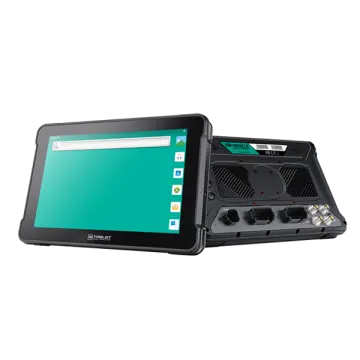 AT-10A
AT-10A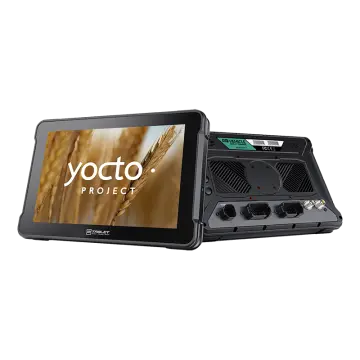 AT-10AL
AT-10AL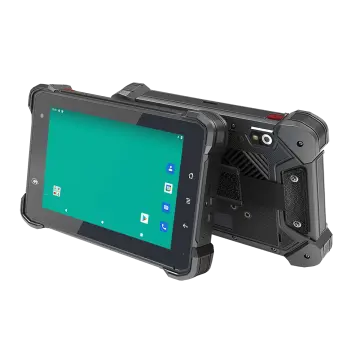 VT-7 GA/GE
VT-7 GA/GE VT-7 Pro
VT-7 Pro VT-7 PRO (AHD)
VT-7 PRO (AHD) VT-7A
VT-7A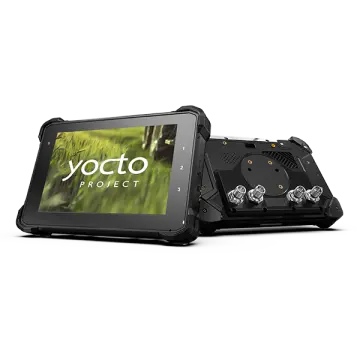 VT-7AL
VT-7AL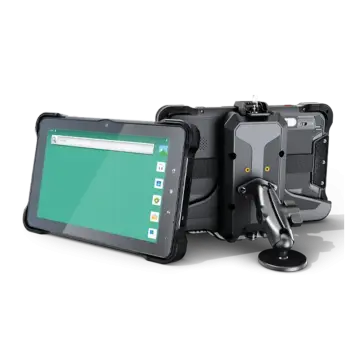 VT-10
VT-10 VT-10 IMX
VT-10 IMX VT-10 Pro
VT-10 Pro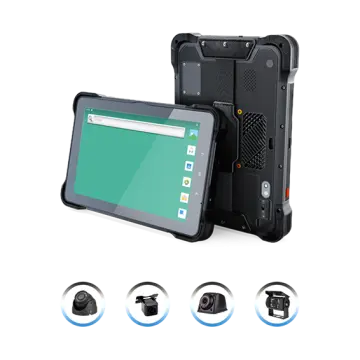 VT-10 Pro AHD
VT-10 Pro AHD VT-7
VT-7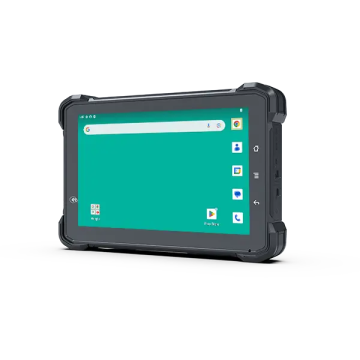 VT-7A PRO
VT-7A PRO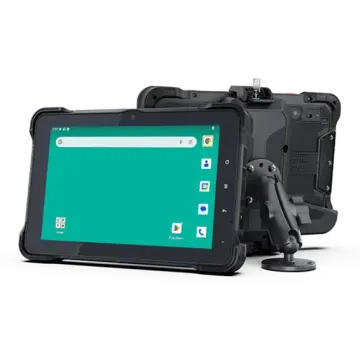 VT-10A Pro
VT-10A Pro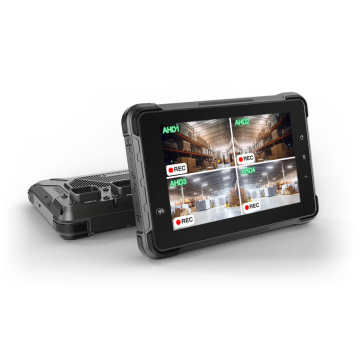 ST-7 Rugged Table
ST-7 Rugged Table VT-5A
VT-5A VT-5
VT-5 VT-BOX
VT-BOX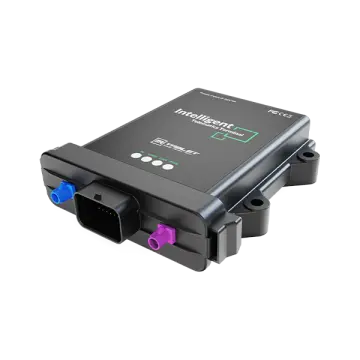 VT-BOX-II
VT-BOX-II AI-MDVR040
AI-MDVR040 AT-B2
AT-B2 AT-R2
AT-R2

 As the Android tablet market continues to evolve, future-proofing these devices becomes crucial for ensuring their long-term success. A report from IDC projects that the global tablet market will reach 235 million units by 2025, with Android tablets accounting for a significant portion of this growth. Essential features such as advanced processing power, enhanced display technology, and seamless integration with cloud services will play pivotal roles in meeting consumer demands and adapting to changing usage patterns.
As the Android tablet market continues to evolve, future-proofing these devices becomes crucial for ensuring their long-term success. A report from IDC projects that the global tablet market will reach 235 million units by 2025, with Android tablets accounting for a significant portion of this growth. Essential features such as advanced processing power, enhanced display technology, and seamless integration with cloud services will play pivotal roles in meeting consumer demands and adapting to changing usage patterns.